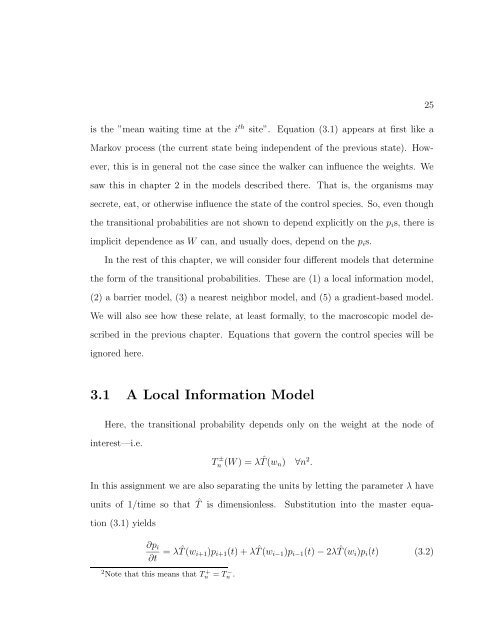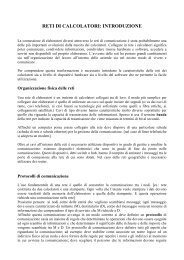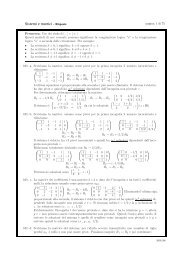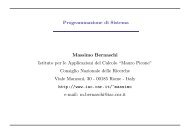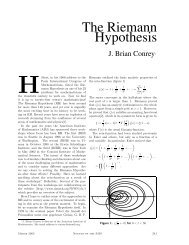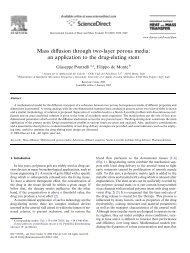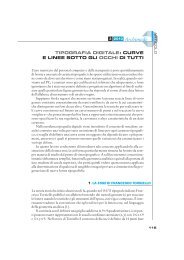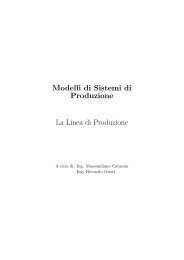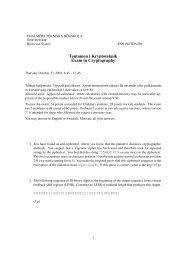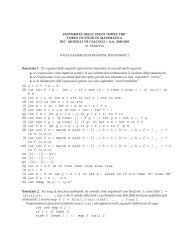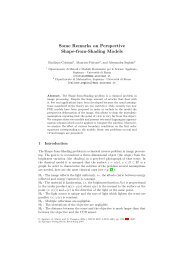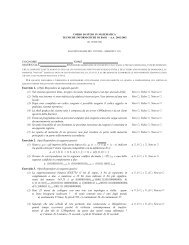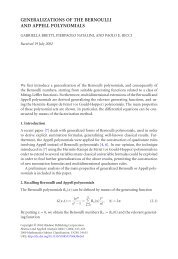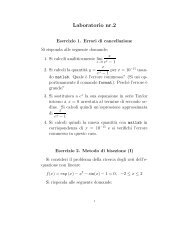A SHORT COURSE IN THE MODELING OF CHEMOTAXIS
A SHORT COURSE IN THE MODELING OF CHEMOTAXIS
A SHORT COURSE IN THE MODELING OF CHEMOTAXIS
Create successful ePaper yourself
Turn your PDF publications into a flip-book with our unique Google optimized e-Paper software.
is the ”mean waiting time at the i th site”. Equation (3.1) appears at first like a<br />
Markov process (the current state being independent of the previous state). How-<br />
ever, this is in general not the case since the walker can influence the weights. We<br />
saw this in chapter 2 in the models described there. That is, the organisms may<br />
secrete, eat, or otherwise influence the state of the control species. So, even though<br />
the transitional probabilities are not shown to depend explicitly on the pis, there is<br />
implicit dependence as W can, and usually does, depend on the pis.<br />
In the rest of this chapter, we will consider four different models that determine<br />
the form of the transitional probabilities. These are (1) a local information model,<br />
(2) a barrier model, (3) a nearest neighbor model, and (5) a gradient-based model.<br />
We will also see how these relate, at least formally, to the macroscopic model de-<br />
scribed in the previous chapter. Equations that govern the control species will be<br />
ignored here.<br />
3.1 A Local Information Model<br />
Here, the transitional probability depends only on the weight at the node of<br />
interest—i.e.<br />
T ± n (W ) = λ ˆ T (wn) ∀n 2 .<br />
In this assignment we are also separating the units by letting the parameter λ have<br />
units of 1/time so that ˆ T is dimensionless. Substitution into the master equa-<br />
tion (3.1) yields<br />
∂pi<br />
∂t = λ ˆ T (wi+1)pi+1(t) + λ ˆ T (wi−1)pi−1(t) − 2λ ˆ T (wi)pi(t) (3.2)<br />
2 Note that this means that T + n = T − n .<br />
25


